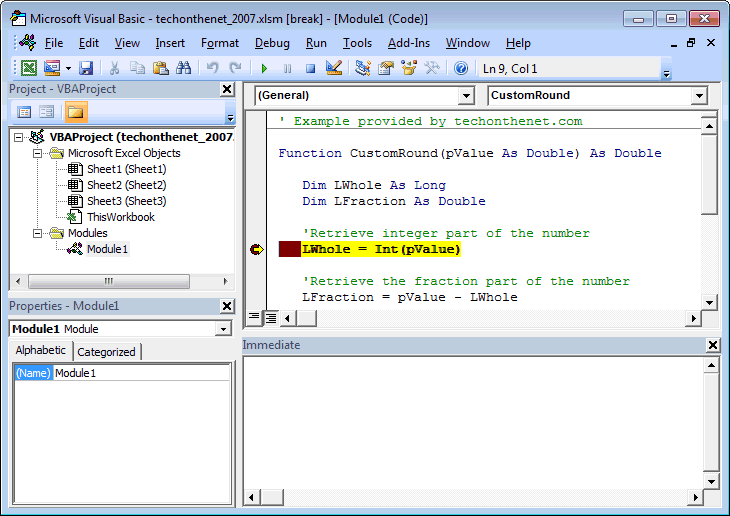

- #Windows script debugger tutorial how to
- #Windows script debugger tutorial install
- #Windows script debugger tutorial code
By default, we only step through code in the block or scope we’re debugging.
#Windows script debugger tutorial how to
In this step, we will run through how to watch variables to identify errors in code. Step 1 - Using Watchers with the Node.js Debuggerĭebuggers are primarily useful for two features: their ability to watch variables and observe how they change when a program is run and their ability to stop and start code execution at different locations called breakpoints.
#Windows script debugger tutorial install
To use the Chrome DevTools debugger, you will need to download and install the Google Chrome web browser or the open-source Chromium web browser.You can learn those fundamentals and more by reading our How To Code in JavaScript series. For this article we expect the user to be comfortable with basic JavaScript, especially creating and using functions.To install this on macOS or Ubuntu 18.04, follow the steps in How To Install Node.js and Create a Local Development Environment on macOS or the Installing Using a PPA section of How To Install Node.js on Ubuntu 18.04. You will need Node.js installed in your development environment.You will then use Google Chrome DevTools as a Graphical User Interface (GUI) alternative to the command line Node.js debugger. You will first debug code using the built-in Node.js debugger tool, setting up watchers and breakpoints so you can find the root cause of a bug. In this article, you will use a debugger to debug some sample Node.js applications. Breakpoints are markers that a programmer can place in their code to stop the code from continuing beyond points that the developer is investigating. By watching objects, a debugger can help track the changes of a variable as the programmer steps through a program. The key features of debuggers are watching objects and adding breakpoints. On the other hand, debuggers provide a systematic way to observe what’s happening in a program, without exposing your program to security threats. Using this method, it is possible to mistakenly log sensitive information to the console, which could provide malicious agents with private information about customers or your application.


While this technique can be used quickly, it is also manual, making it less scalable and more prone to errors. In Node.js, that involves adding extra console.log() or bug() statements in their modules. By replaying the code line-by-line and observing how it changes the program’s state, debuggers can provide insight into how a program is running, making it easier to find bugs.Ī common practice programmers use to track bugs in their code is to print statements as the program runs. To solve this problem, developers use tools like a debugger, a program that allows developers to inspect their program as it runs. But as a program grows in complexity, it becomes harder and harder to do this efficiently. In Node.js development, tracing a coding error back to its source can save a lot of time over the course of a project. public static void Example1()Ĭ = true Ĭ = EvaluatorEngine.CodeDom ĭebug.Assert(b = 0, ""The second argument can not be zero (0)."") Ĭonsole.WriteLine("calculator.Divide(20, 4): ", calculator.The author selected the COVID-19 Relief Fund to receive a donation as part of the Write for DOnations program. The following example shows how to use debugging in your script. You will also need to use the CodeDom Evaluator while using the debugging feature, as shown below. To enable the debugging, you will need to set the DebugBuild property to true.


 0 kommentar(er)
0 kommentar(er)
